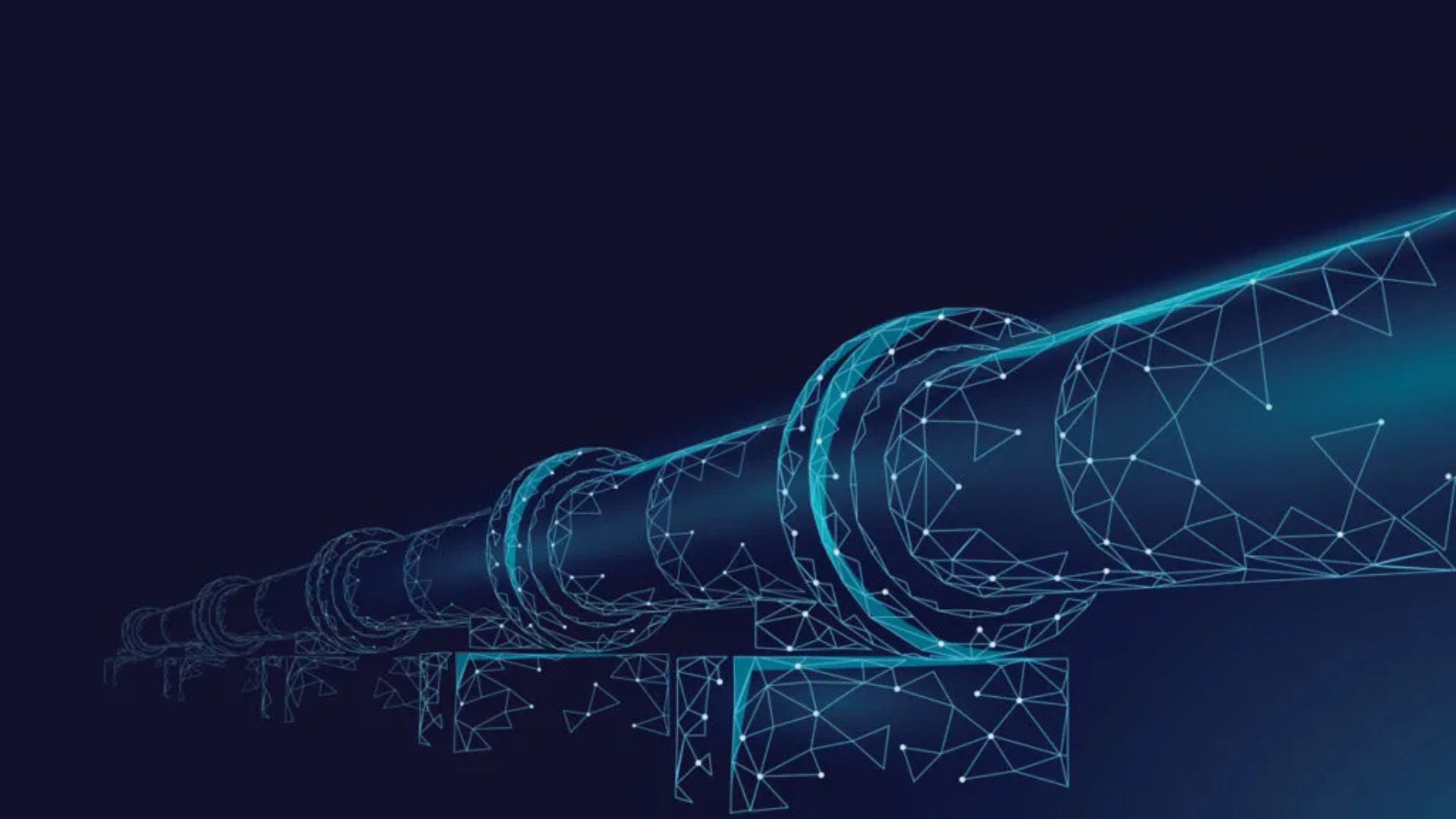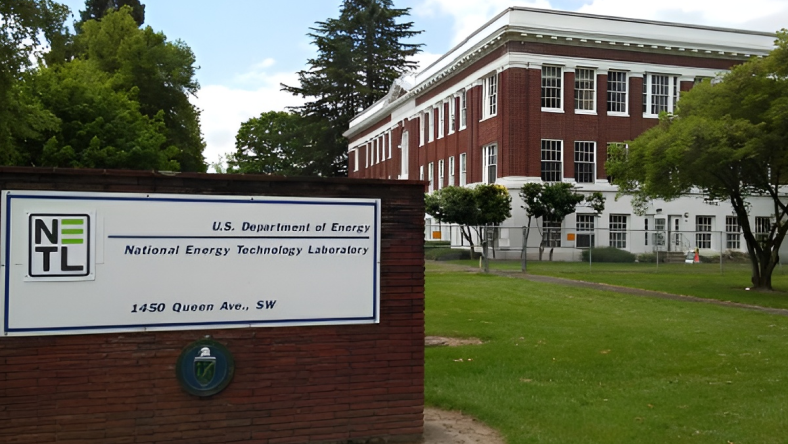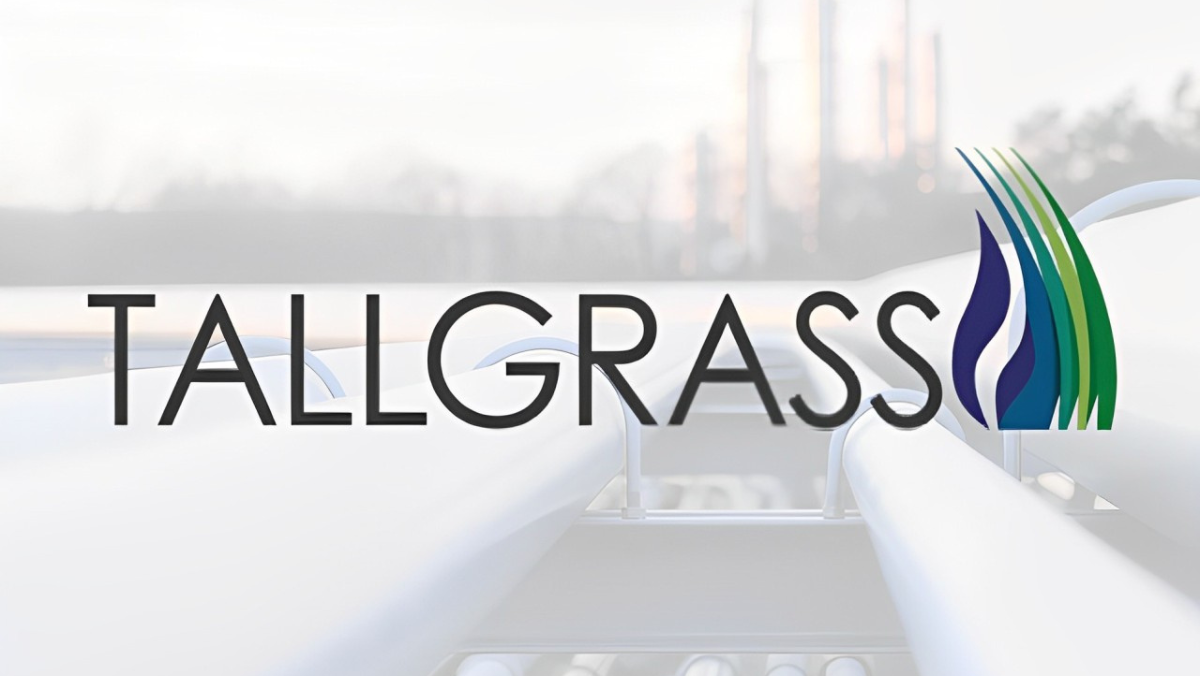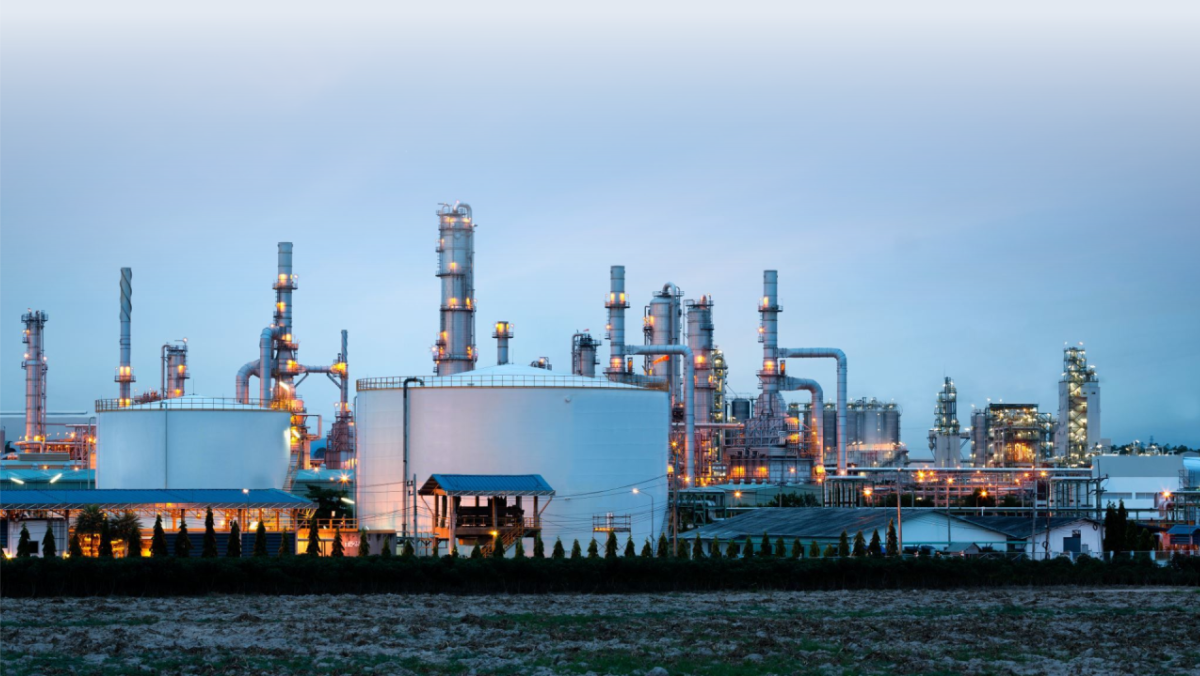TECHNOLOGY
Digital Twins Supercharge America’s CO₂ Pipeline Revolution
Developers turn to real-time digital replicas to improve safety, speed permitting, and support carbon infrastructure expansion
16 May 2025

US pipeline developers are increasingly adopting digital twin technology to accelerate the expansion of carbon capture infrastructure and improve safety monitoring, amid rising regulatory scrutiny and government support for emissions reduction.
Digital twins are real-time digital replicas of physical assets that are being deployed to oversee the growing network of carbon dioxide pipelines under development across the country. Backed by federal tax credits and climate legislation, the carbon capture and storage (CCS) sector is undergoing rapid expansion, with thousands of miles of new CO₂ pipelines in planning or under construction.
According to a recent survey by consultancy EY, half of US oil and gas companies already use digital twins to manage pipelines and other infrastructure, with most remaining firms expecting to adopt the tools by the end of the year.
“Digital twins are revolutionizing pipeline integrity,” said a senior infrastructure analyst. “They’ve become nerve centers for proactive, safer operations.”
Software firms such as AVEVA have led the adoption, offering platforms that integrate sensor data, inspection records and predictive analytics. The company said operators are using these tools to detect corrosion, optimise maintenance schedules and comply with federal safety regulations.
Real-time visibility is also aiding permitting. As developers seek approval for CO₂ pipelines crossing public land, the ability to demonstrate consistent monitoring has become a regulatory advantage. Digital twins provide a continuous view of pipeline performance, helping developers meet transparency requirements and accelerate review processes.
However, the technology faces limitations. Many older pipelines lack historical data needed for accurate modelling, and implementation requires both technical upgrades and cultural shifts within organisations.
Still, the sector’s direction is clear. As CCS infrastructure becomes more central to US decarbonisation plans, digital twins are moving from niche applications to standard practice. By supporting safer construction and more transparent oversight, the technology is reshaping how carbon pipelines are built and managed.
Latest News
21 Nov 2025
How Smarter CO₂ Models Are Powering Pipeline Plans19 Nov 2025
New Tools Aim to Clarify CO2 Pipeline Risks14 Nov 2025
Pipeline Pivot Rewrites the Future of US Carbon Flow12 Nov 2025
Pipelines That Think: AI Sensors Guard CO₂ Highways
Related News

RESEARCH
21 Nov 2025
How Smarter CO₂ Models Are Powering Pipeline Plans

INNOVATION
19 Nov 2025
New Tools Aim to Clarify CO2 Pipeline Risks

INNOVATION
14 Nov 2025
Pipeline Pivot Rewrites the Future of US Carbon Flow
SUBSCRIBE FOR UPDATES
By submitting, you agree to receive email communications from the event organizers, including upcoming promotions and discounted tickets, news, and access to related events.